Scrub for kitchen board
This way is universal as:
- allows you to get rid of stains;
- helps to eliminate unpleasant odors;
- disinfects the surface.
Everything, that you will need - lemon and salt.
- Take some coarse rock salt and spread it evenly over the entire surface of the board.
- Then cut off half of the lemon and rub it into the board in a circular motion until the juice appears.
- As soon as the liquid turns dirty gray, it will need to be washed off. If the result suits you, then you can wipe the renewed product with a paper towel and hang it up to dry, and if not, then the procedure can be repeated again.
This method is best suited for cleaning wooden cutting boards.
Table vinegar
Acetic acid is found in every home, but few people know that it also copes well with all kinds of pollution. Also, vinegar perfectly removes all extraneous odors, and also has disinfectant properties.
If a small spots, then use 6% vinegar... It is applied to the contaminated surface and left for 10-15 minutes. Then the board is washed with warm water.
In case the board very dirty, take 9% vinegar and dilute it with water in a 1: 1 ratio. The resulting liquid is applied to the entire surface of the board and left for a few minutes. After that, the board is thoroughly washed under running water.
Soda
Sodium bicarbonate, or otherwise baking soda, is still one of the main folk remedies for getting rid of not only unpleasant odors, but also various kinds of stains. Firstly, soda is a natural and safe product, and secondly, this weak alkali washes all types of cutting boards equally well, including products made of wood, plastic, and plywood.
How it works:
- A small amount of baking soda is poured onto the board and a little water is added.
- The resulting thick slurry is spread over the entire surface of the product and left for about 1 minute, and then removed with a sponge.
Soda and vinegar
If the stains are very old and soda or vinegar alone does not help, then you can try combining the two and to do the so-called "double blow".
- First, soda is applied to the places of contamination, and it is carefully distributed.
- Then pour a little vinegar on top. This will create a lather that will remove both stains and odors.
- After five minutes, the product can be washed off with water, and the board can be wiped off and set to dry.
Toothpaste
As it turned out, toothpaste does a great job not only for brushing your teeth.It brightens many stains and impurities, and also helps to get rid of pesky odors such as fish or garlic. In addition, due to its abrasive properties, the paste can remove minor defects and small roughness on plastic and wooden boards.
The paste is squeezed onto a dishwashing sponge and rubbed onto the surface of the board until a little foam forms. After that, the paste can be washed off.
If the stains are not rubbed off well, then you can add a little baking soda and use this mixture to go over our product again.
Also note that color gels are not suitable for this task and to use this method, you must select the “correct” high abrasive index (RDA) toothpaste.
Laundry soap
To avoid the appearance of mold or pathogenic microorganisms on the cutting board, it is necessary to apply lather from laundry soap to its surface immediately after use.
It is especially important to do this after cutting meat or fish. By doing so, you will not only extend the life of your board, but you will also avoid many health problems.
Chlorhexedine or hydrogen peroxide
Pharmacy products can also be good helpers in the fight against dirty surfaces. This is especially true if the board is often used to work with raw meat products.
- Buy a 3% solution of hydrogen peroxide or Chlorhexidine from the pharmacy and pour it onto the board.
- Using a clean kitchen sponge, spread the solution evenly over the entire surface, including the sides.
- After 10 minutes, wash off the solution with water and dry with a paper towel.
Be sure not to wipe the board off with a regular kitchen towel, as it can also have bacteria on it that will get back onto the freshly cleaned board.
Sandpaper
Sometimes the dirt is so strongly eaten into the fibers that it is not possible to wash them with conventional means. Then sandpaper will come to the rescue.
To do this, you need to take a fine-grained sandpaper and carefully sand the entire surface.
As you can see, any of these methods will help to tidy up your kitchen appliances, and most importantly - without the use of harmful chemicals.

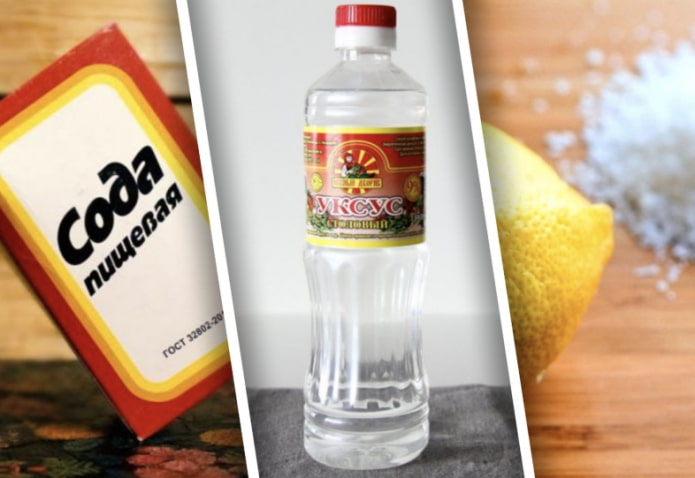
 10 practical tips for arranging a small kitchen in the country
10 practical tips for arranging a small kitchen in the country
 12 simple ideas for a small garden that will make it visually spacious
12 simple ideas for a small garden that will make it visually spacious
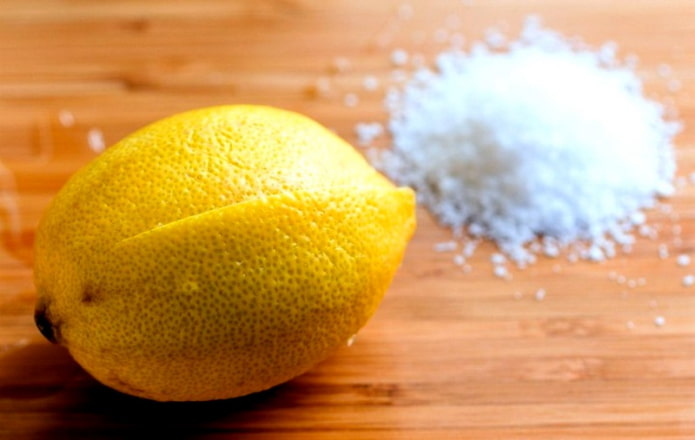
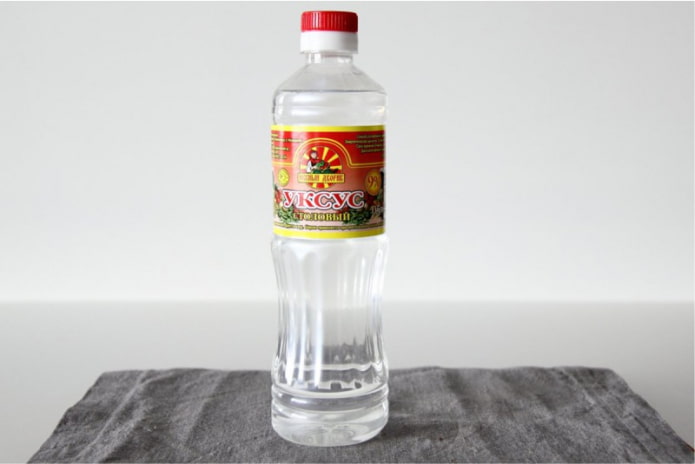
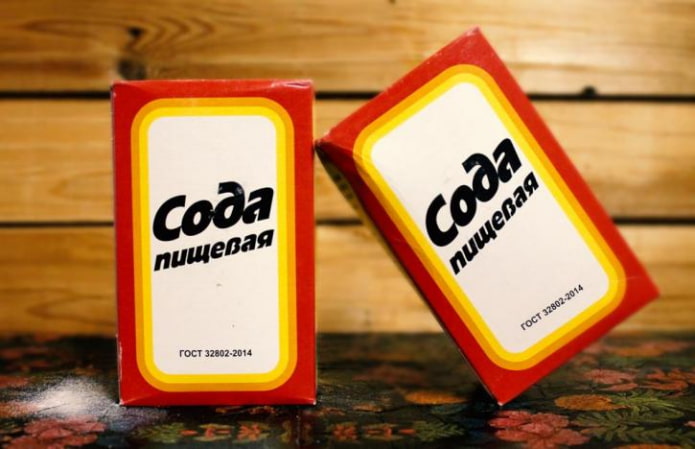
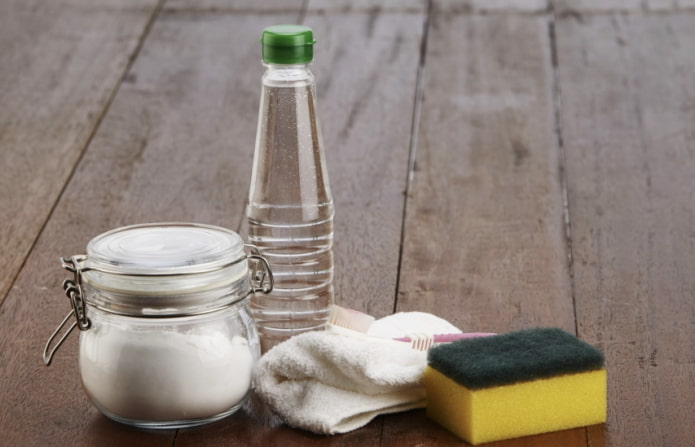
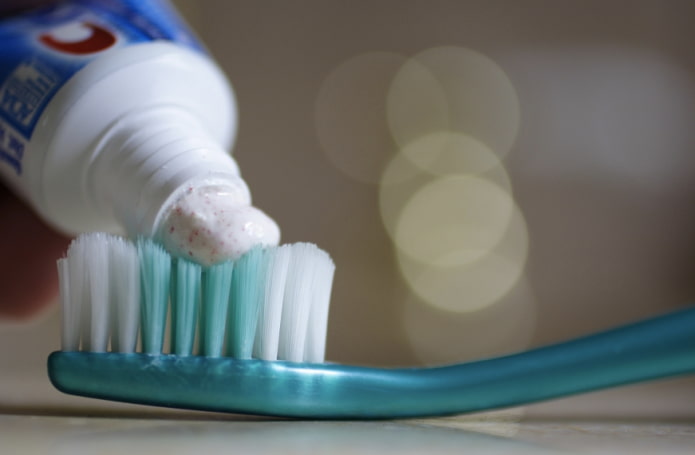
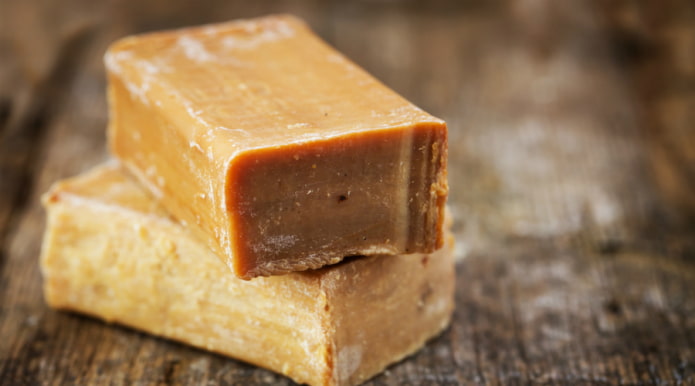
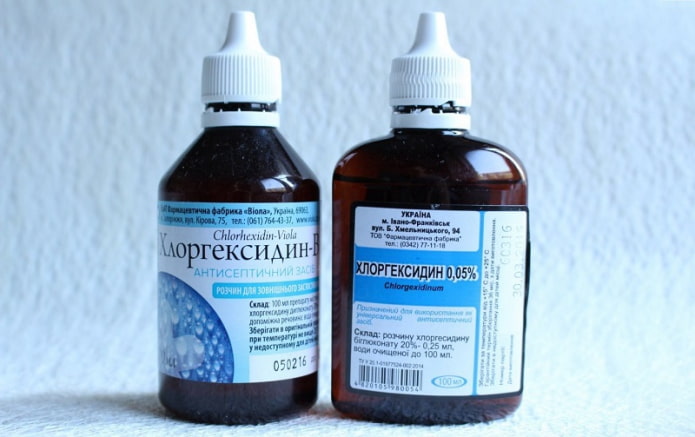

 How to choose the color of your kitchen sink?
How to choose the color of your kitchen sink? White kitchen set: features of choice, combination, 70 photos in the interior
White kitchen set: features of choice, combination, 70 photos in the interior Black set in the interior in the kitchen: design, choice of wallpaper, 90 photos
Black set in the interior in the kitchen: design, choice of wallpaper, 90 photos How to choose curtains for the kitchen and not regret it? - we understand all the nuances
How to choose curtains for the kitchen and not regret it? - we understand all the nuances Design of a white kitchen with a black countertop: 80 best ideas, photos in the interior
Design of a white kitchen with a black countertop: 80 best ideas, photos in the interior Kitchen design with green wallpaper: 55 modern photos in the interior
Kitchen design with green wallpaper: 55 modern photos in the interior